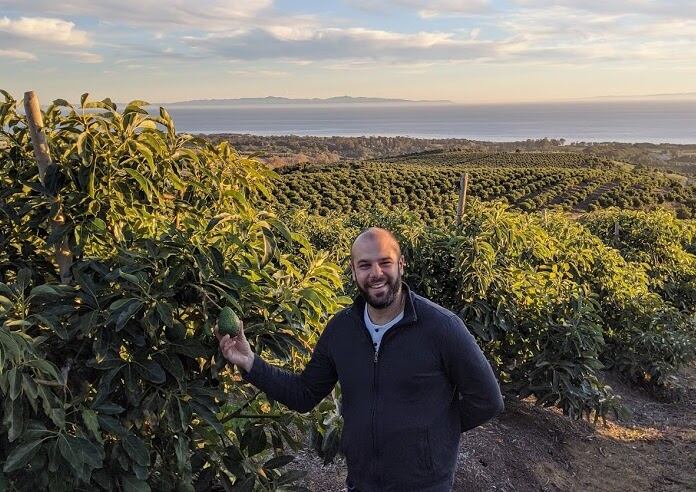D-ribose is a naturally occurring 5 carbon carbohydrate. It was first identified as a physiologically important molecule more than 60 years ago.
Key player in cellular energy production
D-ribose plays a key role in the synthesis of ATP with the mitochondria, the organelles which produce the biochemical energy for the cell. ATP is known as the ‘energy currency’ of the cells.
Bioenergy Life Science (BLS), which is based in Ham Lake, MN, markets its patented form the carbohydrate for helping muscles regenerate lost energy, to reduce muscle soreness post workout, and to boost the body’s overall energy supply.
The sugar has been studied clinically for several indications, among them bolstering the energy levels of cardiac tissue in cases of heart disease as well as ameliorating the effects of chronic fatigue syndrome.
While D-ribose’s role in the main ATP pathway is well known, Michael Crabtree, ND, BLS’ director of scientific affairs said new research into a subsidiary pathway is opening up new avenues for the ingredient.
A 2018 study published in the Australian journal Advances in Bioscience and Clinical Medicine lays out the commonly understood method by which supplemental D-ribose benefits the cell. The molecule is synthesized in the body via what’s known as the PPP pathway, but the process is rate limited and can degrade over time. Thus, a cell can become starved of energy, which impairs its current function as well as being one of the factors in the cascade that leads to cellular senescence.
“Supplemental D-ribose bypasses the rate-controlling PPP (slower pathway) and provides an alternate source of PRPP (5-phosphoribo-syl-1-pyrophosphate) for ATP production,” they wrote.
Signaling function discovered
Crabtree said new research reveals that in addition to its role as a building block in ATP synthesis, Bioenergy Ribose has an important signaling function as well.
“It’s not as if the previous understanding was wrong, but it was inadequate. Now that we have the new data that we have it appears we have discovered an independent mechanism by which ribose is affecting the cells,” Crabtree said.
Crabtree said the new research, which will be presented at the Supply Side West trade show, will open up new patent pathways for the legacy ingredient.
“We continue to learn more about ribose’s distinct mechanism of action. And very soon, that will lead to new product opportunities and applications,” he said.
New research broadens effective dosing range
Crabtree said the new data is shedding light on some confusing results obtained with the ingredient in previous years. The PPP pathway model fit in well with higher dosage studies, but scientists struggled to match observed results with that mechanism of action at other dosages.
“Bioenergy Ribose has been studied from 250 mg dosages up to 5 grams for a single serving. Now, with more sensitivity in our research and equipment we have an explanation for what we’ve seen with the lower dosages. We have good evidence down to 1200 mg to 1500 mg dosages,” he said.
“It’s really a new idea compared to the brute force idea of quantity of ATP in the cell,” Crabtree added.



